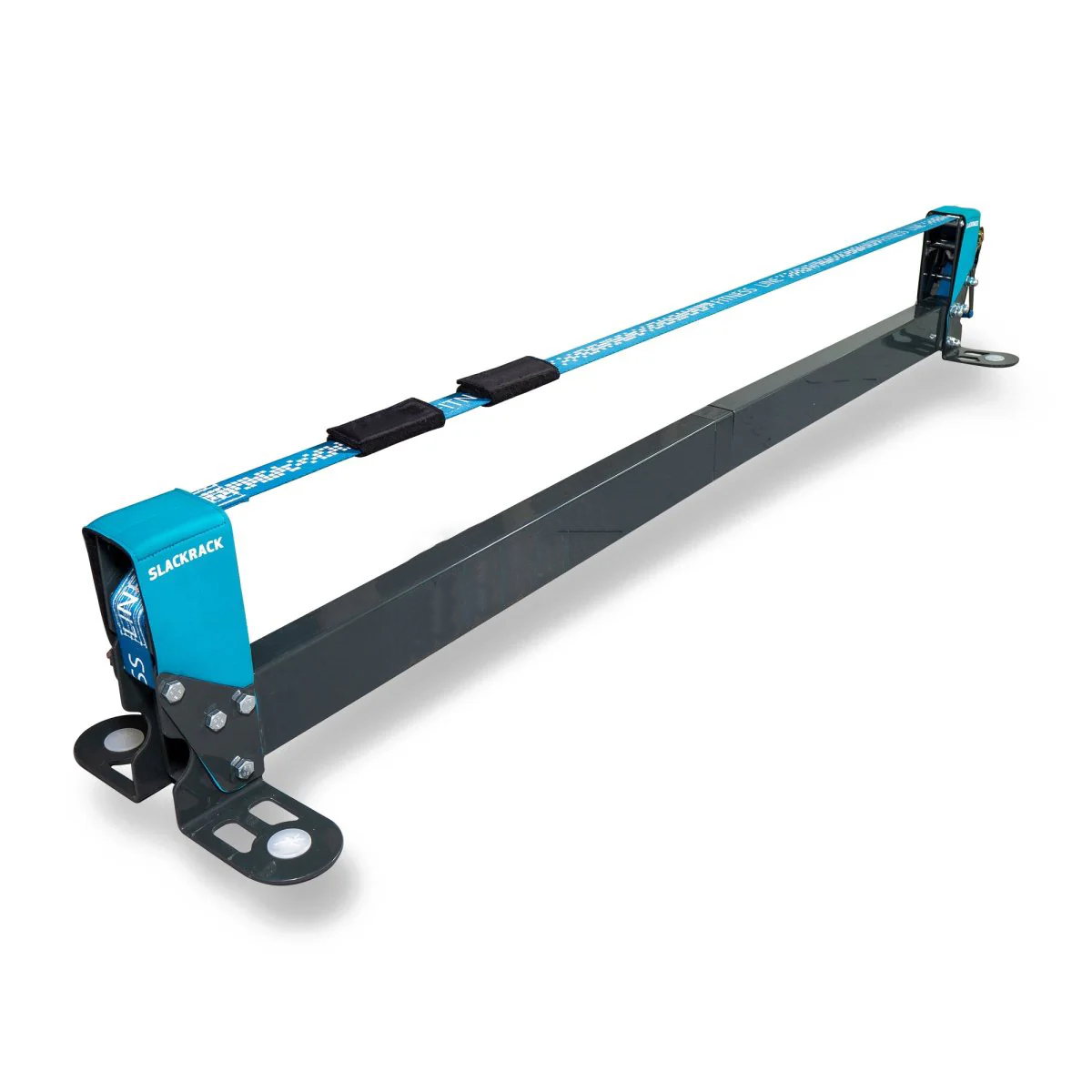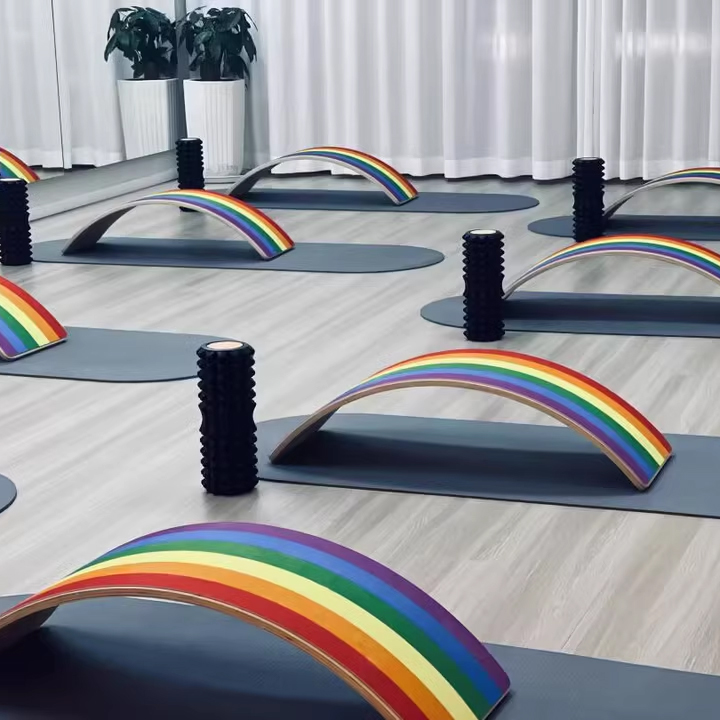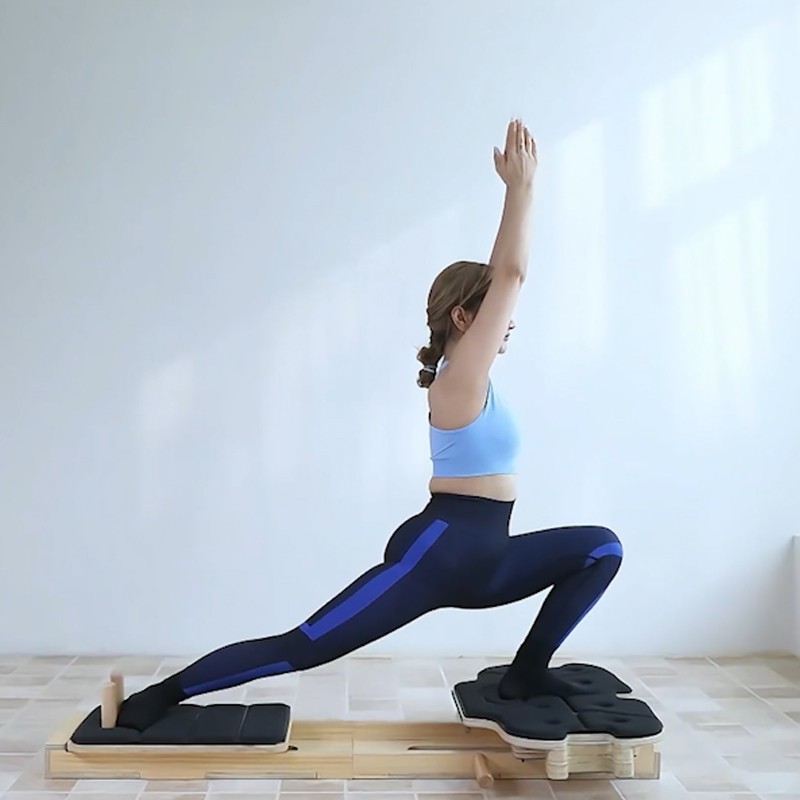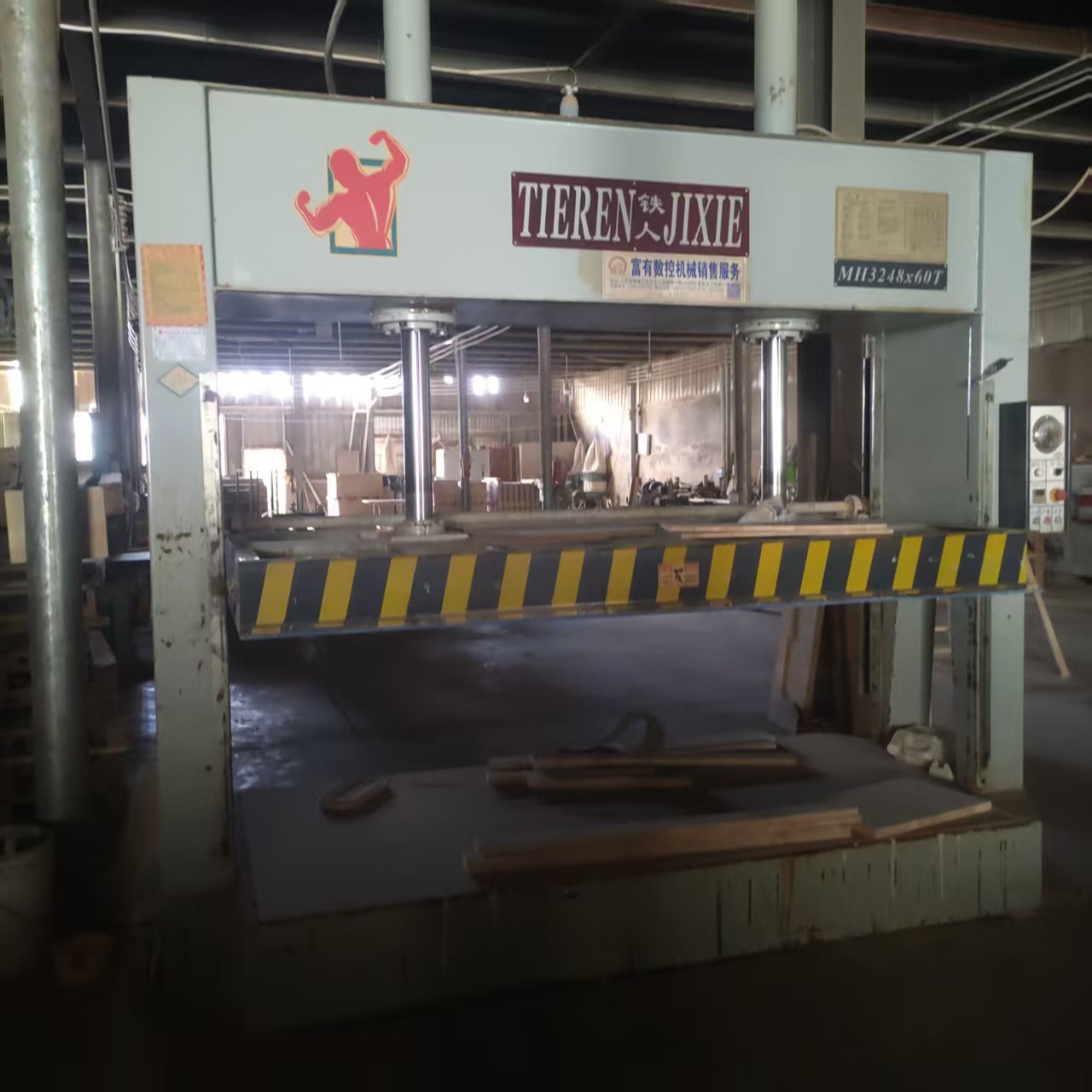1. Market size and growth forecast
Overall global trends
The global sports equipment market will reach 3.08 trillion yuan (RMB) in 2023 and is expected to increase to 4.63 trillion yuan in 2029, with an average annual compound growth rate (CAGR) of 6.98E. Among them, North America accounts for 25% of the global share, and Europe accounts for 30%, ranking second and first in the regional market respectively4.
Regional Growth Drivers:
North America: Outdoor recreation upgrades led the growth, and rowing activities in national parks increased by 10% year-on-year, driving the demand for canoe paddles and high-end fitness equipment; The carbon fiber bicycle market leads the way (CAGR 8.8%)24.
Europe: High demand for high-end customization (50% premium for German craftsmanship), with competition-grade equipment (e.g. hockey sticks, maple balance boards) and sustainable products (FSC-certified wood target of 50%)43.
🛒 2. Consumer behavior and product innovation trends
Differentiation of consumer groups
Development of “inactive people”: The world’s 1.8 billion people who do not meet the WHO sports standards have become the focus of the increase. North American/European brands lower barriers to participation with low-barrier products, such as Nike’s “moderate sportswear”8.
Active consumer identity: Movement becomes a personal identity tag, driving functional and emotional design (e.g., smart wooden balance boards with integrated sensors)8.
Material and technology evolution
Carbon fiber popularization: CAGR of 8.8% from 2024 to 2030, applied to bicycles (30% of the application share) and golf clubs (40%). North America dominates the high-performance market, while Europe focuses on lightweight athletic gear2.
Innovative application of wood: composite structure (pine, walnut) reduces the cost by 20%, and the flexural strength of engineered wood (such as CLT) ≥ 70MPa, replacing traditional hardwood4.
Intelligent convergence
Internet of Things integration: The market size of canoe paddle posture correction systems, intelligent balance boards and other products is expected to be 8 billion yuan in 20254.
⚙️ 3. Competitive landscape and supply chain changes
Regional competitive dynamics
Regional Top Players Competitive Strategies Market Challenges
North America Bending Branches Locally Manufactured Label Custom Production Carbon Fiber Extruded Wood Products Share
European Gatz Canoes high-end limited edition event co-branding (e.g. Olympics) Labor costs are high
Chinese enterprises enter the market Baitu RIOT price advantage (30% of European and American brands) The brand premium is less than 14
Supply chain restructuring
Capacity transfer: Chinese manufacturers are building factories in Southeast Asia/Central Asia (e.g., Jiangsu Wenming Indonesia factory) to reduce export logistics costs to Europe and the United States1.
Local production: North America is pushing for “nearshoring”, and Europe is strengthening Eastern European supply chains (e.g., Poland, Turkey) to avoid tariff risks38.
Channel evolution
Accelerated online penetration: 35% of online sports retail in Europe (2024) and 30% in North America; The DTC (Direct-to-Consumer) mode compresses intermediate link 4.
Experiential retail: The rise of “sports and entertainment” complexes in Europe (e.g., 81% participation rate in on-site fitness classes) has led to scenario-based sales of equipment8.
♻️ Sustainable development and the policy environment
ESG compliance pressures
North America: Carbon credit trading drives green premium, with FSC-certified wood use target of 50% by 2030 (up from 20% in 2023)4.
Europe: EPR (Extended Producer Responsibility) regulations require recycled materials to be ≥30% and water-based paints replace chemical coatings as standard3.
Trade and policy barriers
North America: Potential tariff hikes (84% executives concerned about geopolitical implications)8.
Europe: Local brands benefit from the Carbon Border Adjustment Mechanism (CBAM) increasing import costs3.
⚠️ 5. Risk Warning and Investment Advice
Core Risks
Cost pressures: Wooden high-end paddles are 2-3 times more expensive than plastic/aluminum, limiting mass market penetration4.
Material substitution: 12% annual growth in carbon fiber equipment (only 5% for wood products)24.
Strategic advice
Short-term (1-3 years):
🔸 North America: Development of “outdoor recreation smart hardware” bundles (e.g., GPS-tracked paddling);
🔸 Europe: Binding ecotourism IP (e.g. Alpine Mountaineering Equipment Co-branding)48.
Long-term (3-5 years):
🔸 Layout of CLT (cross-laminated timber) technology research and development to reduce the cost of high-end wood equipment;
🔸 Regional warehouses in Europe were set up to circumvent CBAM, and automated production lines were invested in North America to cope with labor shortages38.
💎 Summary: Key trends for the next 5 years
North America: Lightweight carbon fiber outdoor scene binding → growth rate of 6.5%, price-sensitive innovation is king;
Europe: High-end customization and ESG compliance → growth rate of 5.8%, cultural marketing and circular economy dominate 38;
The role of Chinese enterprises: supply chain cost advantage (Xinjiang Khorgos hub facing Central Asia) → Seize the mid-end market and force local brands to innovate








